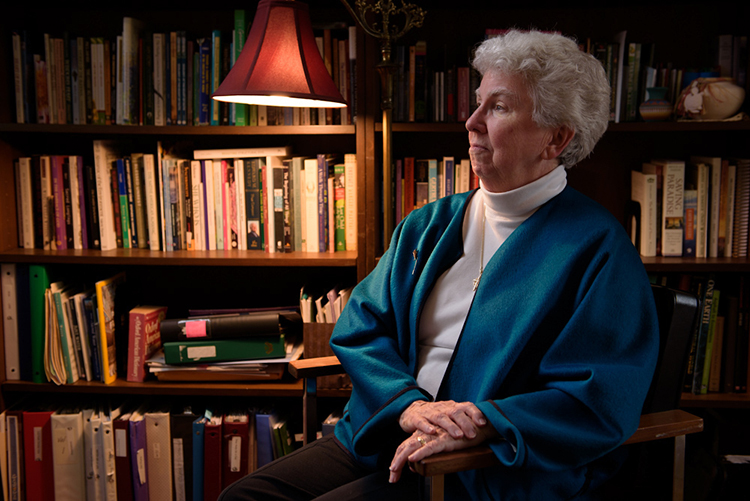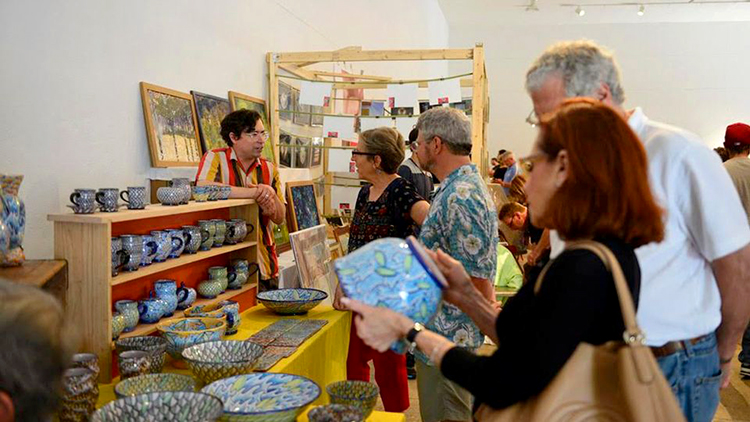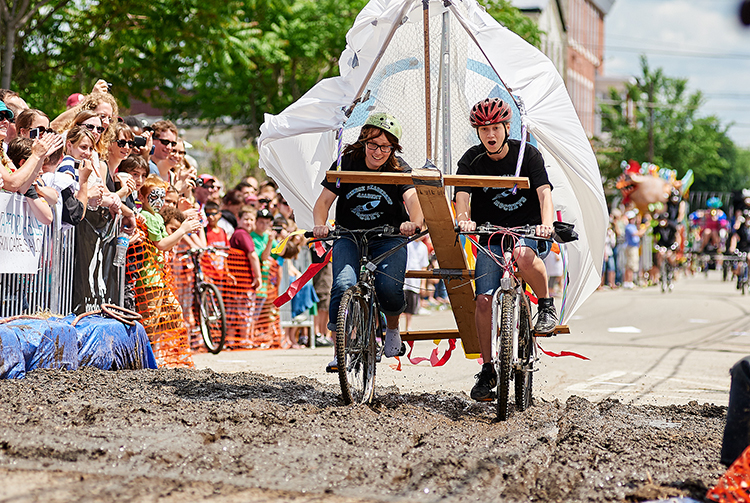Photo: Kriston Jae Bethel
Our Common Home
In June 2015, the Vatican produced a 184-page papal encyclical calling for all people to take responsibility for caring for the planet on which we live. “Laudato Si: On Care for Our Common Home,” was a clear message that Pope Francis was choosing to refocus the Catholic Church on an issue it had long left unaddressed, and doing so with direct and forceful language. The day the encyclical was released, the pope issued this blunt tweet: “The earth, our home, is beginning to look more and more like an immense pile of filth.”
For Sister Mary Elizabeth Clark, a longtime and committed voice of environmentalism within the Catholic Church, it was the tweet she’d been waiting a long time to receive.
“This was the first papal encyclical on the environment from the Vatican,” she says. “I am very happy with Pope Francis.”
For years, Sister Mary—director of the Sisters of Saint Joseph Earth Center, and the assistant to the president for sustainability at Chestnut Hill College—has advocated within the Catholic Church for environmental stewardship, an area that remained largely ignored by the church’s most influential figures. Her work with the Catholic Climate Covenant and the Global Catholic Climate Movement were some of the relatively few church initiatives addressing environmental issues.
With a vocal advocate in the Vatican who, during a visit in May 2017, gave a copy of “Laudato Si” to President Donald Trump, Sister Mary sees the potential to louden what was for so long a whisper.
“That’s all been, I think, given a shot in the arm by Pope Francis’ enthusiasm,” Sister Mary says. “What I like about the encyclical is what he calls ‘integral ecology,’ which means that social justice is an integral part of environmental justice. I think in the past the Catholic Church didn’t make that connection so clearly, so that is a real plus for me.”
Emboldened by the new culture of advocacy within the church, Sister Mary has published “Teaching Kids to Care for God’s Creation: Reflections, Activities, and Prayers for Catechists and Families,” a guide for educators and parents to introduce the elements of environmentalism to their children.
The guide focuses on characterizing the earth as “our common home,” reflecting the language of “Laudato Si,” and using environmentalism as a starting point to discuss with children wider social and personal topics, such as cultural awareness and self-reflection. Each brief section asks a question parents or teachers can use to open a lesson on environmental stewardship, how children’s faith can play a role in it, and the most productive methods of celebrating the earth.
But facing issues of such enormity, many of Sister Mary’s advised or suggested topics and exercises involve breaking down a global issue into a digestible format for a child. In a section meant to reflect the philosophy of the earth as our home and what we can do to protect it, Sister Mary advises parents to use the scope of a child’s own home, a familiar place where they have routines and hobbies, to encourage a discussion of what it is they love about where they live. This allows for the introduction of home stewardship as a concept before ratcheting it up to be applied to an entire planet.
“They are the most enthusiastic,” she says. “Children in general love nature. They love animals, they love being outdoors, they love playing outdoors… They’re fascinated, curious. All of the things that Pope Francis is encouraging us as adults to get back to are natural as children.”
Her book invites questions for children to ask, including, “What does food have to do with our common home?” and “What does my faith teach me about how to live?”
The lesson here is simple: Whether we sit in the highest office or work tirelessly from an education center in Chestnut Hill, we’re all inhabitants of planet Earth. What we face are cataclysms of intimidating scope, but challenges that are, Sister Mary says, collectively surmountable.
The fight for change is ongoing, but the fight to be recognized within the church has been, for now, a victory. While those in more influential positions may have needed convincing, however, Sister Mary has never had a shortage of advocates in the classroom.
“I think, naturally, [students] find it abhorrent to see litter or destruction of habitats,” she says. “What I find with children is a natural curiosity and an appreciation for nature.”










